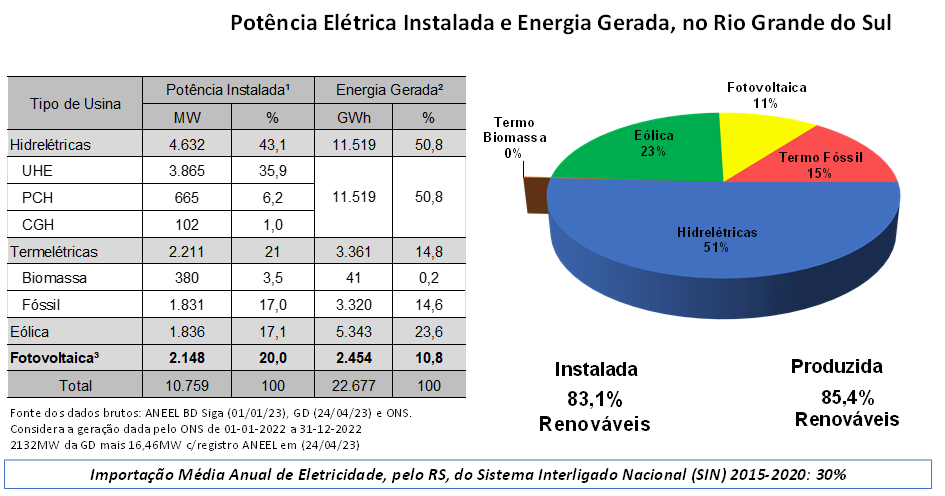Energy
Renewable Energies in Rio Grande do Sul
One of the main focuses of the State of Rio Grande do Sul is to promote sustainable energy development. Through a State Decree, the State committed itself internationally to the campaigns of the United Nations Race to Zero https://unfccc.int/climate-action/race-to-zero-campaign and Race to Resilience 2050 https://climatechampions.unfccc .int/race-to-resilience-launches/ , which aim to halve emissions by 2030 and achieve emissions neutrality by 2050. At the national level, the State has joined the Governors for the Climate movement https://centrobrasilnoclima.org/, campaign with initiatives to drive the decarbonization of the Brazilian economy and protect biodiversity.
The State allocated BRL 193 million to environmental and clean energy projects, all in line with the UN's 17 sustainable development goals (SDGs).
The State also launched the Port Energy Platform, a program to attract investment in the energy sector,
especially wind and green hydrogen for the Port of Rio Grande.
The state
Rio Grande do Sul has great energy potential in renewable sources Wind, Solar, Biomass and Hydro, the first three being portrayed through some of their maps contained in the respective Atlases.

Figure: Maps of wind, biomass and solar energy potentials
The state's electricity matrix, which has always had a predominance of water resources, had, as of 2006, the insertion of wind energy, which today represents 18.4% of the total installed power. Currently, renewable energies represent 81.7% of the installed power and 81.4% of the energy produced. About 30% of the electricity consumed in RS is imported from the National Interconnected System.]

Figure: Installed Power and Energy Produced in Rio Grande do Sul